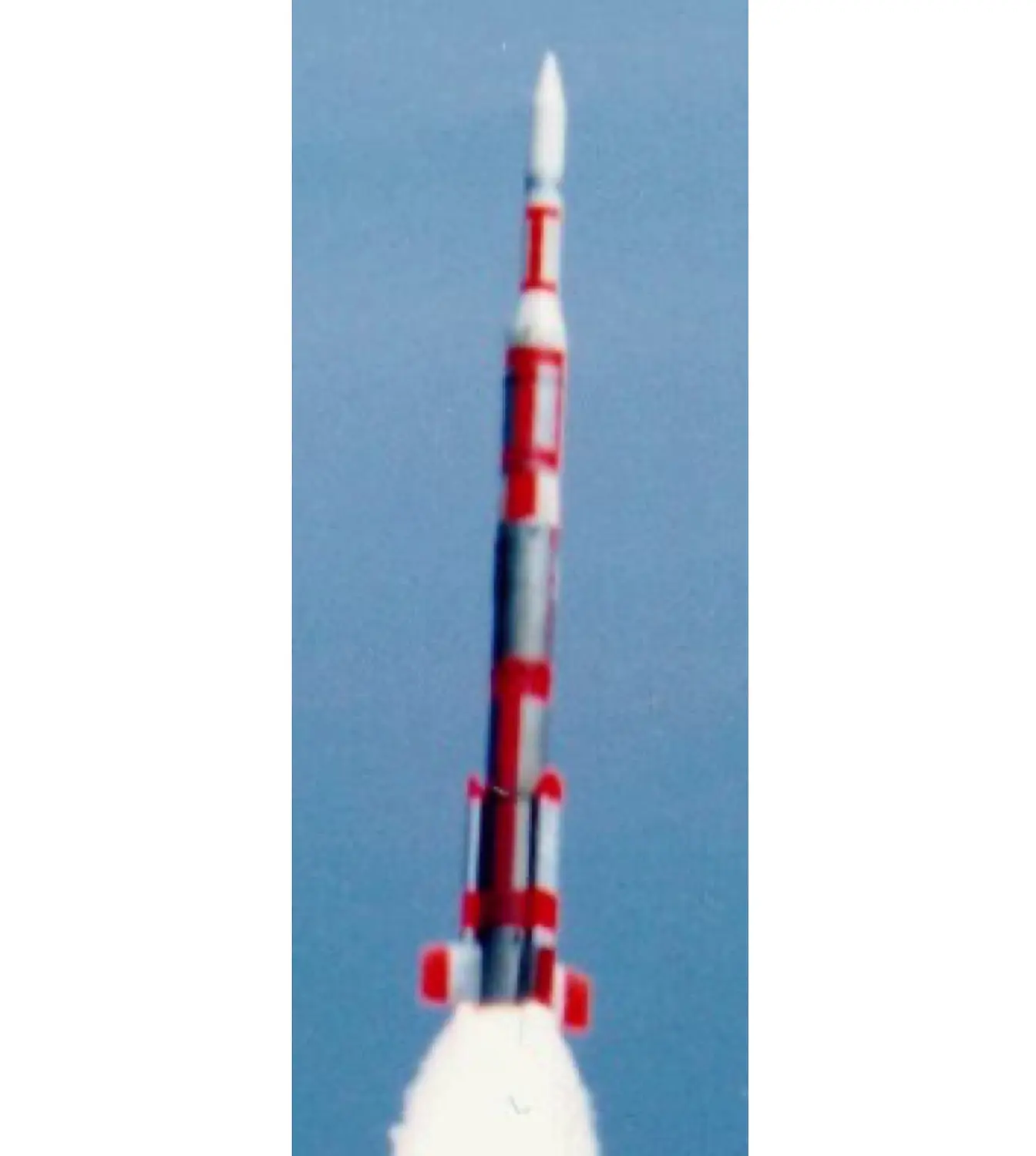/
Shinsei
Launch Success
Liftoff Time (GMT)
04:00:00
Tuesday September 28, 1971
Mission Details
Shinsei
Shinsei (new star) was the first Japanese scientific satellite launched. The scientific payload included solar radio receivers, cosmic-ray detectors, and ionospheric probes. Power-supplying system consisted of solar cells and nickel-cadmium batteries. The satellite was a 26-sided body measuring 71.2 cm in diameter across the flat sides. All experiments operated nominally after launch, except for the electron temperature probe (damaged on separation) and one Geiger tube (failed after 3 days). Otherwise, good data were received for four months until the tape recorder failed. Only a very limited amount of real-time data was subsequently obtained. By late 1973, the experimental equipment had become no longer useful for meaningful scientific observations.
Low Earth Orbit
1 Payload
66 kilograms
Launch Site
Stats
Mu-IV
3rd
Mission
2nd
Mission of 1971
Institute of Space and Aeronautical Science
3rd
Mission
2nd
Mission of 1971
1971
89th
Orbital launch attempt

